Whether you’re using an expensive SLR, a digital point-and-shoot camera, or a cell phone, you’ll take much better photos when you learn more about lighting and your camera.
Taking photos with a flash often gives ugly results. Washed-out, flat, phony-looking faces with monstrous makeup can ruin your memories of any special occasion. Everything else is so dark it’s useless. Here’s how to take great, natural-looking portraits and photos in low or very low light.
While written for digital cameras, many old film cameras can use these tips, too.
The overall strategy is control or compensation for low light, and using some simple built-in controls on your camera. As with any new tool, the key to getting them to work the way you want is practice, practice, practice.
For light, you can deliberately set your camera to flash, or not to flash. Learn how to turn off the flash and use natural light to obtain better results. The standard icons are a lightning bolt (flash always fires) and a lightning bolt with a bar through it (never flashes). Take one photo with flash, then another without flash, and you’ll instantly see the huge difference.
Modern flashes try to compensate somewhat for distance, but too close is still too close, and too far is still too far.
For this article, you can overlook the ‘eye’ icon (fires the flash rapidly a few times to shrink the subject’s pupils, eliminating ‘red eye’ then fires one last time to take a photo). Avoid the ‘auto’ setting, which automatically decides whether to fire the flash or not, depending on the available light. There are other settings (a moon and star icon may be a quick, handy ‘night’ setting — try it).
First, obtain your camera manual. For many people, it’s much easier to have a searchable soft copy (click the ‘binoculars’ icon) on your hard drive than to find and thumb through a hard copy printed manual. Many cameras don’t even come with a printed manual these days; it’s on a CD. To download your soft copy as a searchable Adobe Acrobat PDF file, just Google the name and model of your camera and manual PDF. So your Google search term might look like this: olympus fe-47 manual download pdf
Some cameras have built-in, detailed Help screens for popular features. Many have display screens that offer a wide range of valuable automated settings. Check yours.
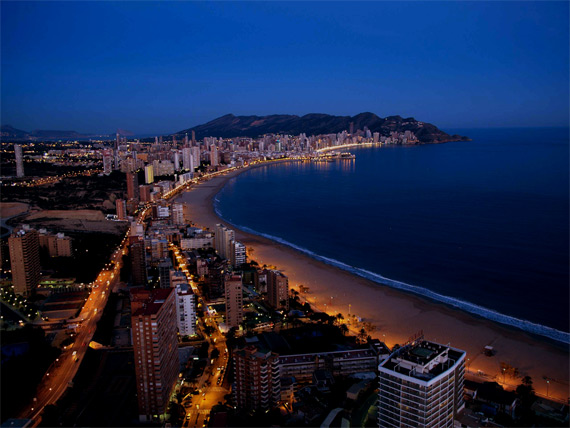
"Benidorm at night from Gran Hotel Bali" captured by Dara Robinson (Click Image to See More From Dara Robinson)
Familiarize yourself with some of the settings, which vary based on model. Experiment and test before you need these settings so you can learn what your camera can do and how to do it. Most of the settings you’ll find can be overlooked — they’re for something else. Set the camera’s clock while you’re in there and your photos will all be date- and time-stamped.
Changing the ISO or ASA speed setting from ‘auto’ to a high number makes the camera much more sensitive to light. If you look at the internal information in photos you’ve taken, it probably includes the ‘film speed’ the camera used. 100 and 200 are common. Lower numbers mean there’s so much light you can afford to throw some away to get rich, deep colors and eliminate blur. Manually pushing the speed up to 1600 means you squeeze every bit of the meager light for all its worth. You’ll sacrifice some color range and depth, but your photos won’t be a blur of black shadows. Don’t forget to change it back to ‘auto’ when you’re done or your next photos will be too bright. Some cameras go back to ‘auto’ when you turn the camera off. Test yours. Film users can buy a roll of high-speed film if you know you’ll need it for low-light shots.
Prop the camera against a stationary object. A chair, a table, a wall, anything to limit blur from camera movement.
You can choose Shutter Speed and Aperture settings on better cameras and all SLR’s. Long shutter openings (1/8 second, one-eighth of a second, 125 milliseconds) let in much more light, but are easy to blur. Short times (1/100 second) stop blur but need much more light. You may choose the aperture (size of the lens opening) to control light, while also controlling the ‘depth-of-field’ or range of focus. Small aperture, (high f-number, f-16 or f-22) long depth of field lets you get foreground and background objects clearly in focus but requires much light. Large-opening apertures (f-2 or f-5.6) narrowly limit the focus to your subject, blurring everything else, but work with far less light. Get creative, learn how they work, and have more control over your photos.
So, shooting 1/8 second at f-1.4 will take maximum advantage of the available light, but will be blurry and out of focus unless you genuinely work at it. These results are much easier to obtain in the camera than later with software. Again, practice makes perfect.
If you have an ‘image stabilization’ feature, it may or may not force on the flash. Test yours to see if you can enable it without the flash and still get some stabilization.
Pay attention to the existing light and the lamps in the room. You can dramatically improve the light on your subject’s face just by having them step aside a few feet. If the light is directly overhead, deep shadows on their eyes will look ghoulish — have them step back a bit for a natural look.
Find the settings for color balance. If not set properly, photos taken under incandescent lamps will be too red or orange, fluorescent lamps will make everything green or blue. For the easiest fix, just look at the image display screen to match up colors with the room as you scroll through the color settings, find the best one, and press the shutter. Street lights, stage lighting, neon lights and other odd lighting will give vastly better results if you just pick the best-looking setting available.
Obtain a tiny 5-inch tripod, around $5 on eBay and other retailers. Set up your shot (film speed, color balance, zoom, etc.), put the camera on the tripod on a table, start the 10-second timer (found on nearly all cameras) and let the camera press the shutter release for you to eliminate all camera jiggle. Explain to your subjects how the camera will alert them just before it takes a photo. Some people like a monopod, a collapsible, full-size tripod that’s missing two legs for easy, low-light, handheld shots.
If your camera has a zoom lens, here’s a trick you can use. Force the flash on, but back away from your subject. Zoom in to make their faces fill the frame. You can get much less flash, but essentially the same image. Using more natural light will make skin tones truer and softer and make the surroundings better exposed instead of black. Try it.
The flash works from a minimum 5 feet to maximum 10 feet away, so you get very different results by moving back just a few feet. This also means using a flash for subjects over 12 feet away just makes the camera set itself wrong. If you’re taking photos while seated behind the fourth row of an auditorium, turn the flash off to get better results, since the flash has no effect anyway (except to severely overexpose the back of the head on the person sitting in front of you) and makes the camera think there’s much more light on the subject than there actually is.
Hold the camera at the height of your subject’s face. ‘ Barrel distortion ‘ occurs if you’re standing and your subject is sitting. It actually makes them fat. Many people hate to have their picture taken because they always look fat (because they’re always sitting down). Kneel down to shoot those photos. Your photos will usually be much more interesting if you zoom in or move closer to fill the frame with faces, unless the background is important. People like to see faces, not toes.
If you have an SLR, you may have an external flash with a swivel head. Point the flash up at a 45-degree angle so it points to the ceiling halfway between you and your subject. This is called ‘bounce flash’ and gives a softer, more pleasing overall effect. You can also experiment with diffusers, tissue, a handkerchief and other items covering the flash to subdue its strength and include more natural light. A sensor inside the lens may compensate for the lower light, or the sensor may be on the flash — don’t cover that up. See your manual.
Some final tips. Make your photos more valuable by including — or excluding — background and surroundings by using zoom, changing your position, or moving your subject. Take a few shots; one will always look better than the rest. Alert people when to smile so they’ll look better. Don’t make people wait (forever) while you take a snapshot or they won’t smile or let you take their photo.
Digital cameras have a brief lag between the time you press the shutter and the moment they actually take the snapshot. Camera reviews often rate this lag time, and shorter is better. To compensate, some cameras have a ‘sports’ setting that shoots 5 (or more) frames in rapid succession so you can start a little early and still get a good shot out of the series.
You probably already have some photo editing software on your computer, and it may include ‘auto-fix’ or manual brightness and contrast modifications, cropping, and other useful things you can use to improve your photos.
Don’t bother buying Photoshop unless you’re really dedicated. It’s a huge, expensive, complicated package intended for professionals and very serious amateurs that takes months to learn. There are plenty of free and under-$20 software packages that are much better for casual and serious photographers. Google photo editing software review free download or similar terms to find a good one for your needs and ability. Online photo magazine sites and hard copy magazines from the library are great for reviews.
Share your photos online so others can enjoy them. If you email them copies of the photos, they’ll fill up their Inbox and be difficult to view, find, organize or update. Instead, if you email them a link to the photos, they’ll see any new ones you add later, you can organize them into albums, make comments, improvements, etc. Consider ShutterFly.com, Flickr.com, or PhotoBucket.com. Your friends can still download them and print on their printer, or order mugs, T-shirts, prints, posters, etc. These are sharing services, not backup services.
Sort your photos on your computer. Some people use folder names like C:Photos, then 2010 January, or 2010 Party at Bobs, or 2010 Easter with grandkids, or Business and Personal, or any scheme that helps you find them later (putting the year first will alphabetize them by year). Many systems let you add Tags that you can search for later, no matter where the photo is. You may wish to set the folder properties to show you small picture Thumbnails instead of filenames (Windows Explorer’s View menu). You could also make copies of the most important ones and rename (press F2 or right-click) the filenames, then click-and-drag all those into one folder.
Last, but not least is backing up your photos. If your hard drive crashes (they all do sooner or later) or your computer is stolen, lost, damaged, dropped, etc., you’ll instantly lose all of your precious photos. Consider an online backup solution (Google mozy free personal to get 2 gigabytes of free, automated storage; enough for thousands of your personal photos).
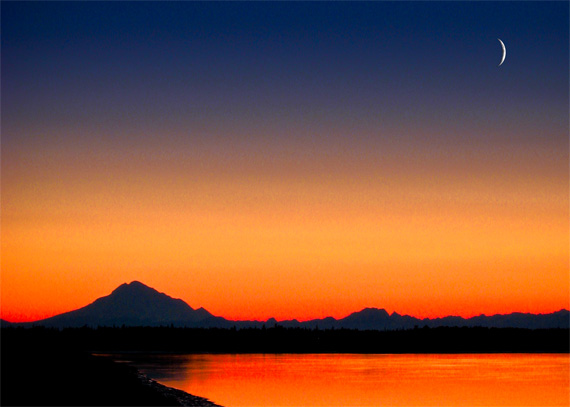
"Moonlight over Redoubt" captured by Dale "Gene" Stockton (Click Image to See More From Dale "Gene" Stockton)
You could also copy them to an external hard drive or another PC, but a fire, flood, theft, lightning or other disaster could mean losing all copies. Fumes from painting a room or other chemistry has been known to trash hard drives.
About the Author
Charlie Gosh has written lots of helpful articles that show anyone how you can save money, improve your life, save time, and other interesting topics. They have to be easy to do, or people won’t do them, so the emphasis is always on doing things a different way that’s easier, yet still saves money and time. Many of the things that frustrate us the most can be fixed easily if we only knew how. Charlie has a blog at http://www.charliegosh.com if you’d like to see more. You can follow Charlie Gosh on Twitter, too at twitter.com/charliegosh
Like This Article?
Don't Miss The Next One!
Join over 100,000 photographers of all experience levels who receive our free photography tips and articles to stay current:
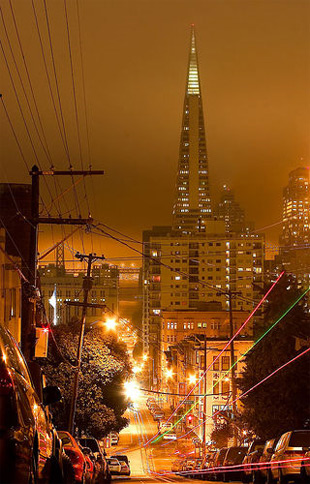
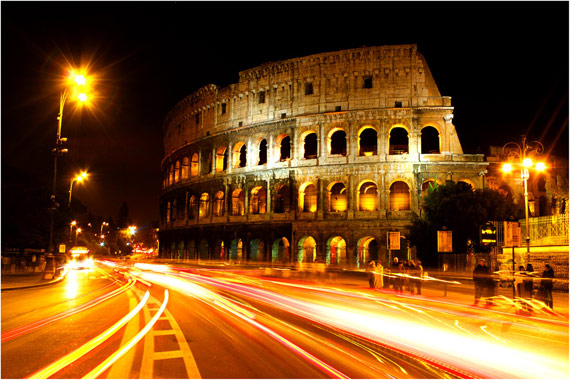
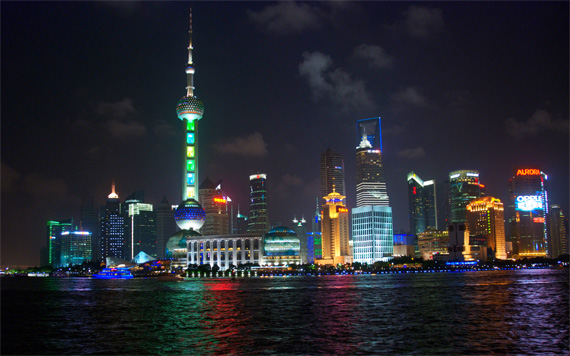
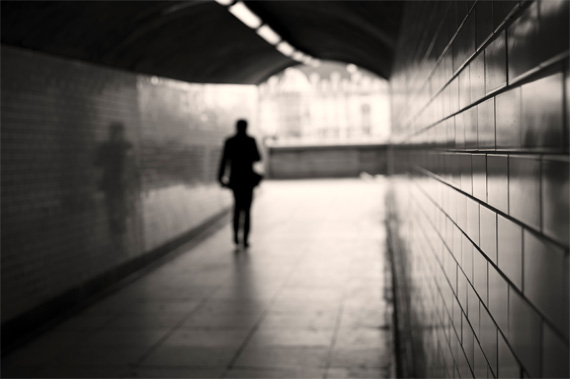






Night Photography tips and techniques are most important for professional photographers. Colour balance and background edit tips are amazing.
Thanks for sharing such amazing tips! I’m definitely going to use all of this. Like I like to travel and most of the time I travel at night. I love hilarious night scenes so this article will definitely work for me.
Thanks for sharing such a fabulous article, CHARLIE! Everything is recorded and clarified so that the ideas are effortlessly gotten a handle on, and the photographs you used to outline everything are top-notch. It’s really valued!
Because cameras have the ability to accumulate light over time, night time photographs can seem brighter than they do to our eyes. This means that details are revealed that are hidden details from view because of the limitations of the light gathering ability of our eyes. very usefull tips
i have same tips here about how to revealed colors of night for Details and Moods
http://photograpyreview.blogspot.com/2011/09/colors-of-night-details-and-moods.html